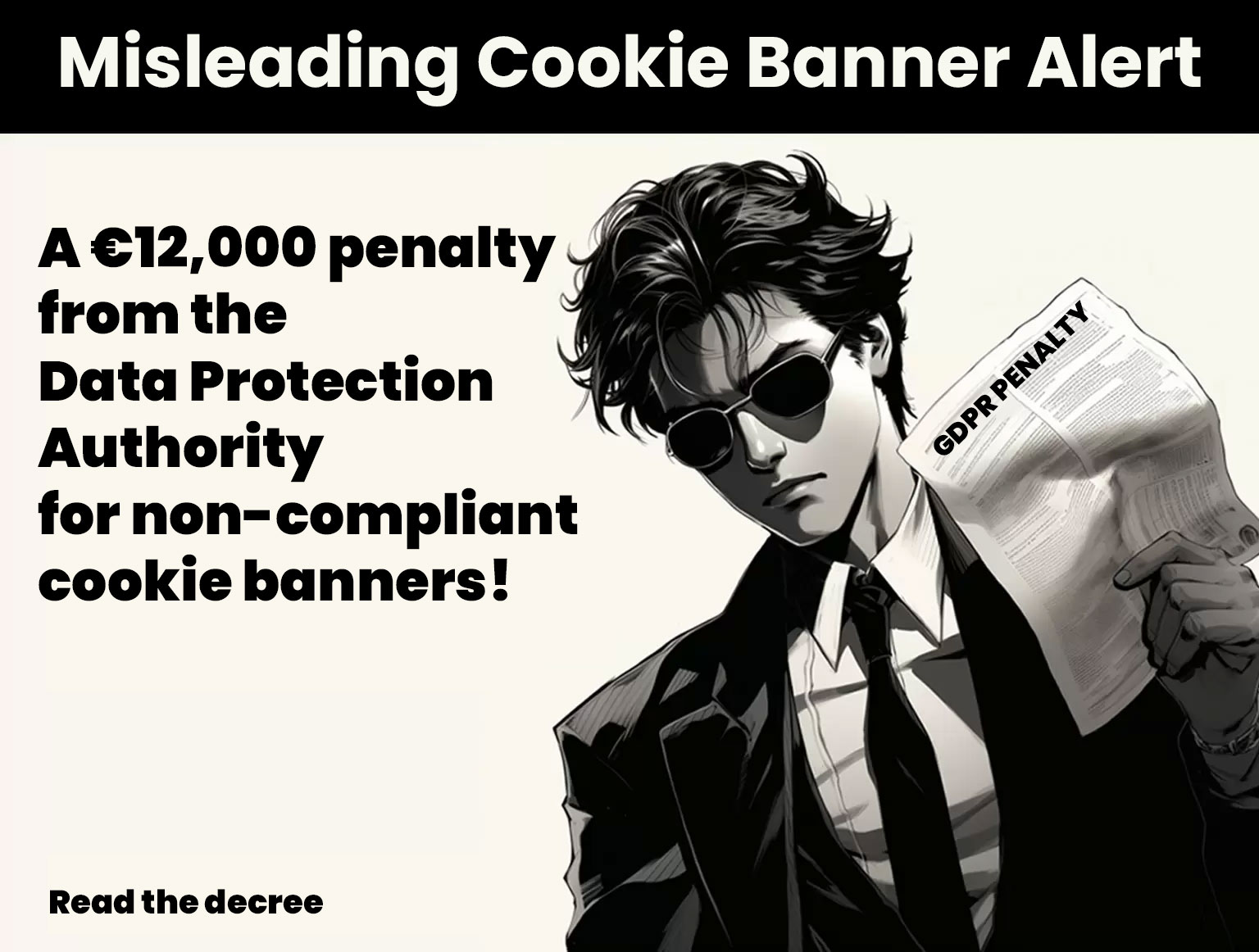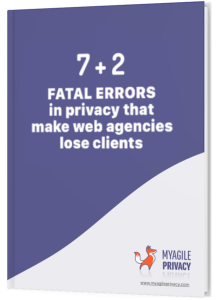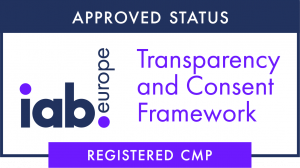
In recent times, European Data Protection Authorities have increased their scrutiny of website owners, particularly regarding cookie banners and frequent non-compliance.
A notable case is the Spanish Data Protection Authority, which, in Order EXP202211953 of November 2023, issued a €12,000 fine for using "dark patterns," lacking an adequate cookie policy, and failing to block cookies in advance.
Similarly, Italy’s Garante della Privacy has warned against non-compliant tactics, including the use of dark patterns in cookie banners.
We discussed these issues in this article on the Cookie Consent Registry and Cookie Banners.
These improper practices are designed to bypass regulations and often pressure users into sharing more personal data than intended, typically by making it harder to say no to cookies. Such tactics undermine the validity of consent and raise the risk of non-compliance.
This creates an increasing risk of penalties for businesses of all sizes. Even those who relied on uninformed vendors—or knowingly used these non-compliant approaches—are at risk of serious repercussions.
Dark Patterns: A Serious and Widespread Issue
It is well established that dark pattern practices are non-compliant, serious, and punishable violations.
What exactly is a "dark pattern"?
Dark patterns are user interface designs that manipulate behavior and influence decisions as people interact with websites, apps, or social networks. These techniques frequently lead users to provide consent or personal data without truly viable alternatives, often violating legal standards.
Put simply, a pre-checked “accept” box with no other option is a classic dark pattern.
According to the guidelines, dark patterns can be grouped into several categories:
- Overload: Overwhelming users with too many options or repeated prompts, leading them to give up and share more data than they wish.
- Concealment: Hiding or distracting from important privacy information or choices.
- Stirring: Using emotional appeals or visual tricks to sway user decisions.
- Obstacle: Making it difficult and laborious to reject cookies or change privacy settings, e.g., hiding controls or giving misleading information.
- Inconsistency: Inconsistent or unstable design that makes actions confusing or unreliable.
- Obscurity: Presenting privacy controls in a hidden, unclear, or ambiguous manner using irregular or contradictory language.
Beyond dark patterns, there is increasing focus on preemptive cookie blocking—
which many banners claim but fail to actually implement.
For example, in the Spanish DPA’s order, failure to block cookies before user consent—i.e., setting third-party cookies ahead of any consent—was directly punished.
Many sites do not enforce true preemptive blocking for cookies and tracking technologies (e.g., Facebook Pixel, LinkedIn Pixel, Google Ads), exposing themselves to major compliance and penalty risks.
GDPR requires strict standards for the collection and processing of personal data. Non-compliance can lead to significant economic sanctions—up to 4% of a company’s global turnover.
The Danger of Dark Patterns and the Importance of Real Preemptive Blocking
Amid the growing attention of regulators, continuing to use non-compliant banners or creative workarounds is increasingly risky. Such choices can bring economic, reputational, ethical, and operational harm.
Why force users to struggle with confusing banners or intentionally make it difficult to reject cookies, effectively coercing consent?
Pressure from marketing agencies for results is understandable, but clients bear legal responsibility and face the consequences for violations—not the agencies.
Until recently, preemptive cookie blocking was too often overlooked. Now, Data Protection Authorities are sending clear signals: leniency is over.
The age of ignoring consequences is over: now, genuine compliance is essential.
Imagine facing a costly fine, damaging your reputation and losing customer trust, simply because your cookie banner wasn’t truly compliant. Wouldn’t it be wiser to address these issues proactively?
What Website Owners Should Do
To avoid severe outcomes, website owners must take a proactive, compliant approach. Here’s what you should do:
- Check and Update Your Cookie Banner: Ensure your banner is clear, transparent, and easy to use. Users must easily accept, reject, or customize preferences without confusion or manipulation.
- Implement Real Preemptive Blocking: Block all third-party cookies until users give explicit consent. Simulated blocking is not sufficient—only true blocking is compliant.
- Conduct Site Analysis and Audits: Regularly audit your site for privacy and data protection compliance. You can request a compliance audit from us here.
- Use Reliable Solutions: Select a banner that genuinely blocks cookies, avoids dark pattern design, and offers strong support: My Agile Privacy is reviewed and trusted for all these aspects. (see reviews)
Protect customer trust and your business with a trusted solution—choose My Agile Privacy for your consent management. With our solution you’ll be fully compliant with Cookie Law, GDPR, and DPA requirements.








